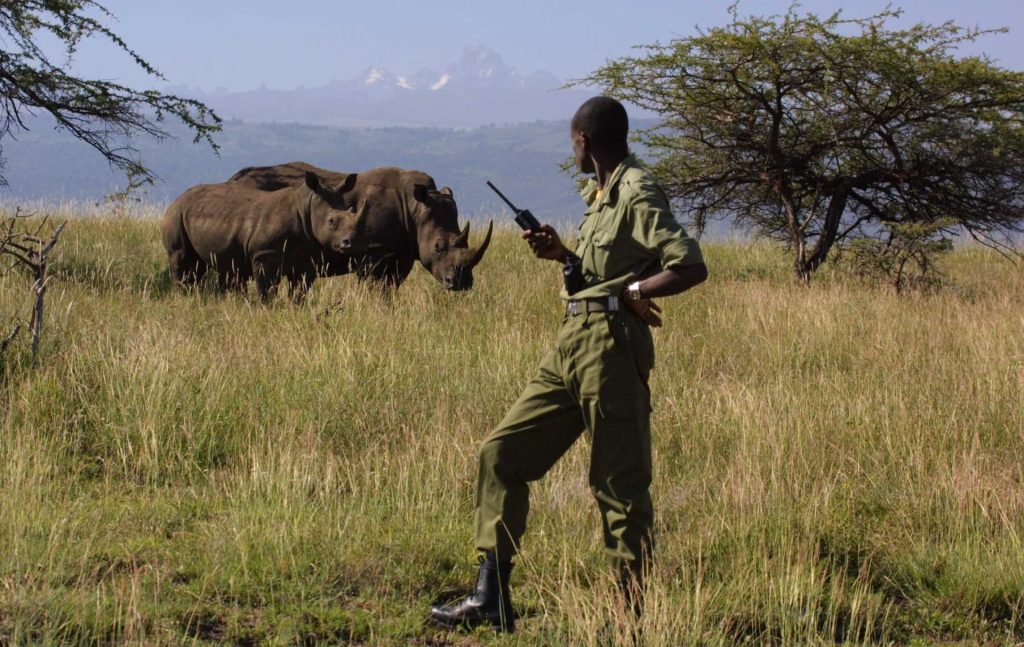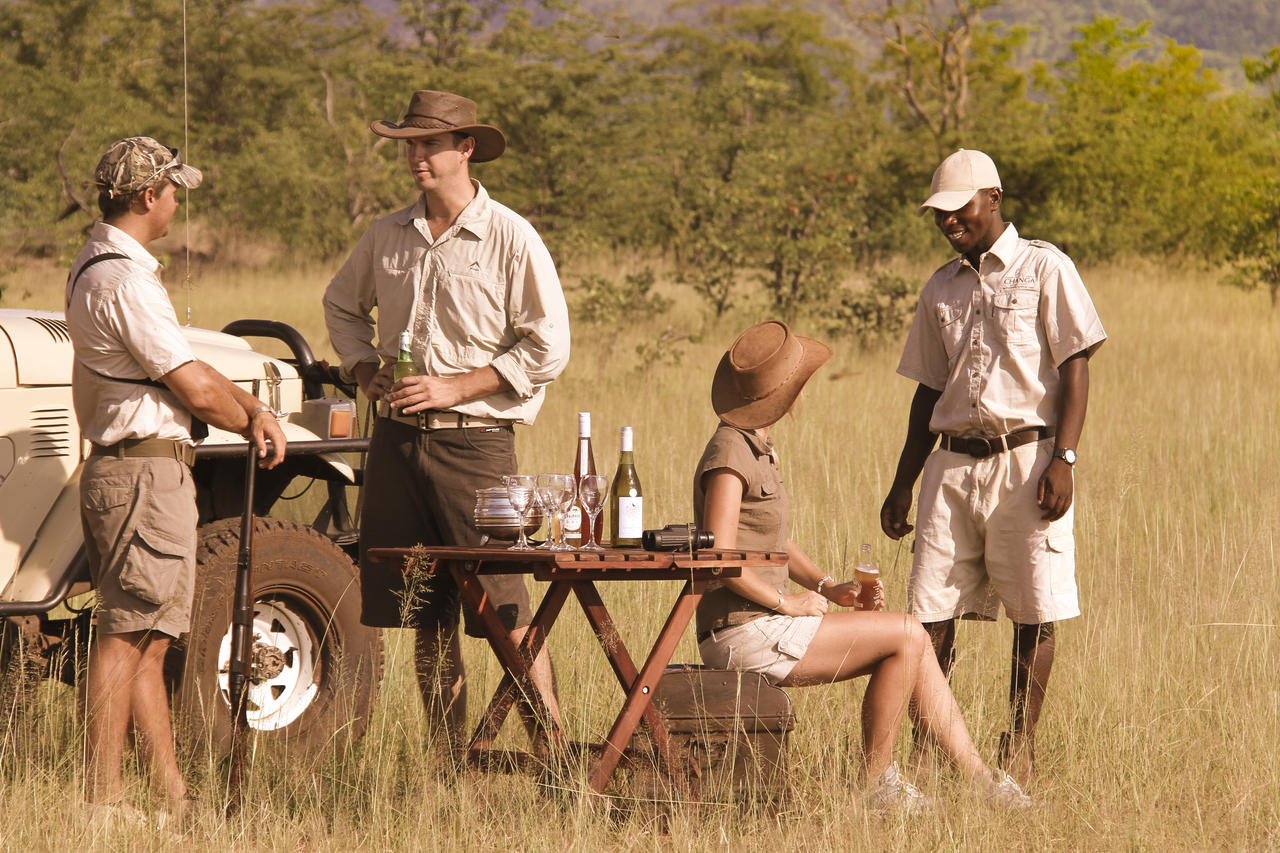Choosing the perfect outfit for your Safari trips can be daunting. The first thing to consider is that safari wear clothing differs from our regular outfits. Making a safari packing list takes extra time and effort.
Jungle and urban life are not the same. However, the perception of fashion is quite the same. When we say fashion, we are not referring to something fancy; we are talking about the styles of outfits that match a specific purpose.
Imagine safari outfits at first glance; we get into our imagination deep olive green long-sleeved shirts and pants, leather boots, and safari hats. However, the array of safari wear is not limited just to this. Years of research and practice have covered it all. It won’t be unjust to say that a legacy is there about what to wear on a safari tour.
In this blog, we will have put all the pieces together, from the safari packing list to considerations about safari wear. Stay tuned until the last to know everything about safari wear. Let’s start from the classic Olive green safary attires.
The Legendary Safari Classics: Olive Green Safari Dress and Their Background

For good reason, you will probably have seen people wearing earthy, neutral tones like khaki, olive green, beige, grey, and brown on safari. These colors help you blend into the natural surroundings and avoid unwanted attention from wildlife.
It was traditional to wear combat-like khaki outfits on safaris, which instantly gave a bolder, more energetic, and warrior-like feeling. Khaki was the original camouflage after British scouts traded their red coats for dust-colored native attire while serving in British colonies in the mid-19th century. As a bigger part of Eastern Africa was a part of the British Colony, khaki was popular as a color of combat and safari.
Later, in 1967 (British Power had already freed Tanzania and neighboring countries), a fashion mogul named Yves Saint Laurent launched his legendary fashion series, “Saharienne” collection. Colonial and military aesthetics deeply inspired this fashion collection.
In no time, this fashion line gained popularity among European celebrities. Famous individuals like Veruschka, a German model and actress who famously posed in a belted safari ensemble in a 1968 Vogue photoshoot, brought it to fashion enthusiasts. Gradually, It became a trend to wear Khaki top-bottom sets on safaris. The set used to include a semi-long jacket (quite similar to combat coats of the German nasty army), loose pants, long-sleeved shirts tucked into the trousers, and leather belts. Brown or black leather shoes made of cowhide complemented the style with an evergreen manly appeal. Long sleeve shirts tucked into trousers and leather belts. Brown or black leather shoes made of cowhide complemented the style with an evergreen manly appeal.
However, for a week-long safari trip, only one set is not just enough. Your safari packing list should be well-planned, carefully considered, without this, it may impact on your peace of mind in your safari tours.
In the following section, we have put together a comprehensive safari packing list. You can adjust it based on your safari package, trip duration, luggage allowance, and personal preferences.
A Comprehensive Safari Packing List- Clothes to Wear on Safari with
This safari attire packing list may be more than you need. But it covers everything you may want. You can tailor it to your trip length and season.
Safari Clothing Packing List
- 2 pants (green and beige) – One to wear and another to keep in your bag as a backup. Earthy tones help blend into the surroundings.
- 1 shorts – Perfect for warm daytime safaris, but consider packing more if you’re comfortable wearing shorts all the time.
- 1 short utility-style dress – Lightweight and breathable, great for casual outings and lodge wear.
- 1 one-piece shorts romper – Comfortable and stylish for safari lodges or relaxed exploration.
- 1 long-sleeved linen shirt – Protects against mosquitoes and the drop in temperature during night safaris.
- 1 short-sleeved shirt – Useful for hot afternoons, as temperatures can rise up to 50°C in some months, especially in Tanzania.
- 2 tank tops (beige & white) – Ideal for layering and staying cool in the midday heat.
- Cotton utility jacket – Lightweight but protective, perfect for morning or evening safaris.
- Raincoat – Essential from November to January, when rain can affect game drives. Keeps you dry and ensures an uninterrupted safari experience.
- Light puffer coat – Needed for early morning and evening drives, as temperatures can drop significantly.
- Pajamas – Choose breathable fabrics for comfort in varying temperatures.
- Swimsuit & Cover-Up – Many safari lodges and camps have pools, great for cooling off.
Footwear & Safari Accessories You Would Want in a Safari Tour
- 1 sandals – Comfortable for lounging at the lodge or short walks.
- 1 boots (or trail shoes) – Essential for walking safaris, offering protection and support on rugged terrain.
- 1 belt – Helps secure your pants and shorts, and adds a touch of style.
- 1 accent scarf – Adds variety to your outfits and protects from dust and temarature.
- 1 warmer scarf/wrap – Keeps you warm on chilly mornings and nights.
Safari Essentials & Safari Gears
- Toiletries – Pack travel-sized essentials, including sunscreen and insect repellent.
- 1 wide-brim hat – Shields you from the harsh sun and keeps you cool.
- Sunglasses – Protects your eyes from intense sun glare and dust.
- Camera equipment – Capture wildlife and landscapes with a good camera and extra batteries.
- Binoculars – A must for spotting distant animals on game drives.
- Day pack – Useful for carrying essentials like water, snacks, and extra layers while on safari.
What Color Clothes to Wear on Safari in Tanzania?
Your safari experience becomes memorable, and all your attention should focus on your surroundings rather than yourself. The best way to do this is by going neutral with your clothing. The best safari color is khaki, followed by olive, tans, and browns. These are good at handling dirt. Bright-colored safari clothing draws attention to you, the tourist, rather than the wildlife you intend to see and may sometimes scare away the animals. So look for neutral-colored clothing—colors that blend in with the African Wilderness.
Safari clothes in groups are casual and comfortable, with tee shirts, long-sleeved shirts, shorts, hiking boots, and athletic socks to keep the blisters away. A light fleece jacket, gloves, and sweater will suffice for the cold season. These should all be in neutral colors, such as greens, olives, browns, and khakis. However, you need to stay away from some neutral colors and clothing, such as
No Dark blue and/or black
Colors can attract tsetse flies, which have nasty bites. This is common in East and Central Africa, but in southern Africa, Tsetse flies are not much of an issue.
No White and very pale
White is adorable, but not on a safari. It’s far better to wear that white dress or shirt for dinner in the evening. This is Africa so that you can expect real dust!
No Camouflage clothing
It is important that you keep away from this type of clothing since, in most African countries, it identifies with the soldiers.
What Safari Clothing Materials Should I Use?
So you know the right safari clothes and colors, the next question is: what material should those clothes be? Simple cotton usually works best for shirts and trousers, though you can try some new artificial materials; some are more durable than cotton. Depending on where you want to go, it’s important to check the climatic conditions and the season. For example, during the dry season in Tanzania, light safari clothing is encouraged, compared to Bwindi gorilla trekking, where it rains almost daily.
Final Thoughts
Choosing the best outfit for an African safari is important to make your trip safe, comfortable, and enjoyable. When the authorities of Tanzania do not strictly maintain the color, type, or fabric, it is important to understand that the key to enjoying the wilderness is to get lost in the vastness of these majestic plains. A proper outfit will help you dissolve yourself in the natural atmosphere.

